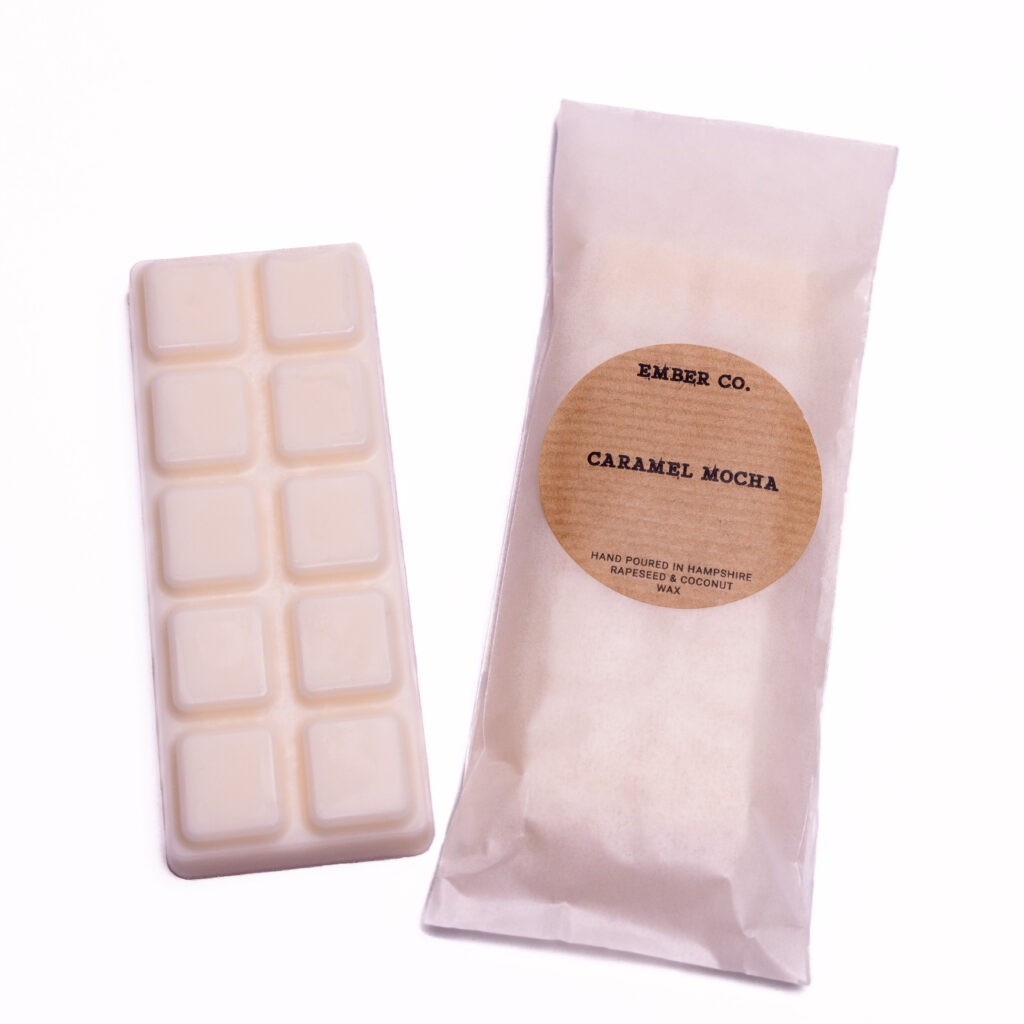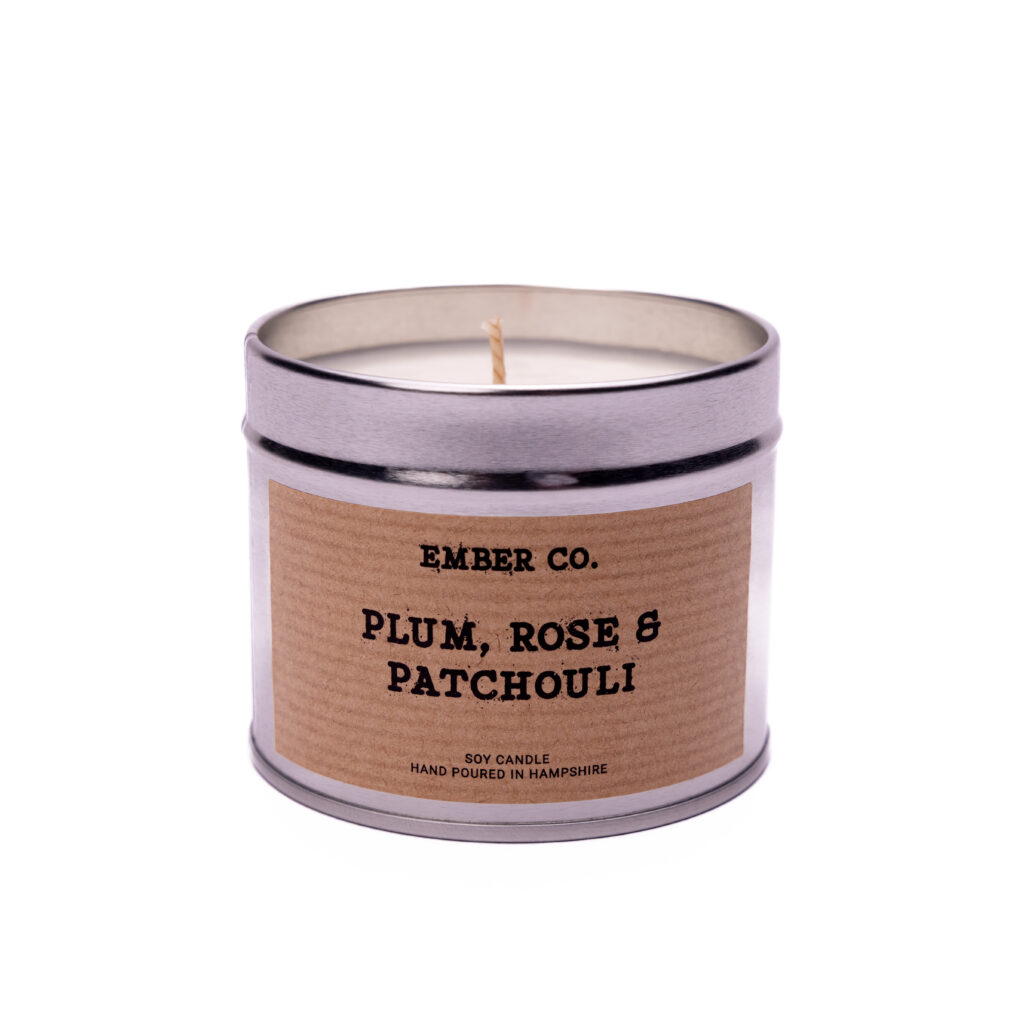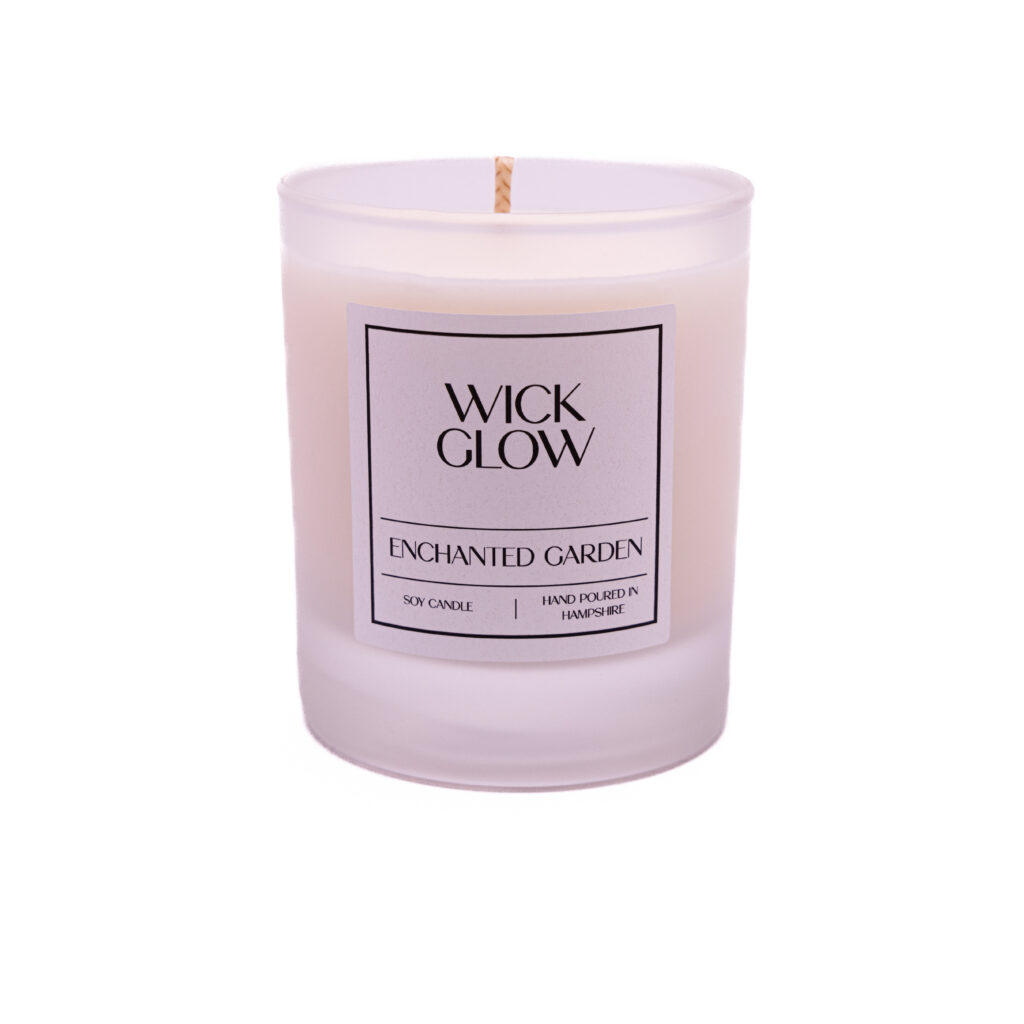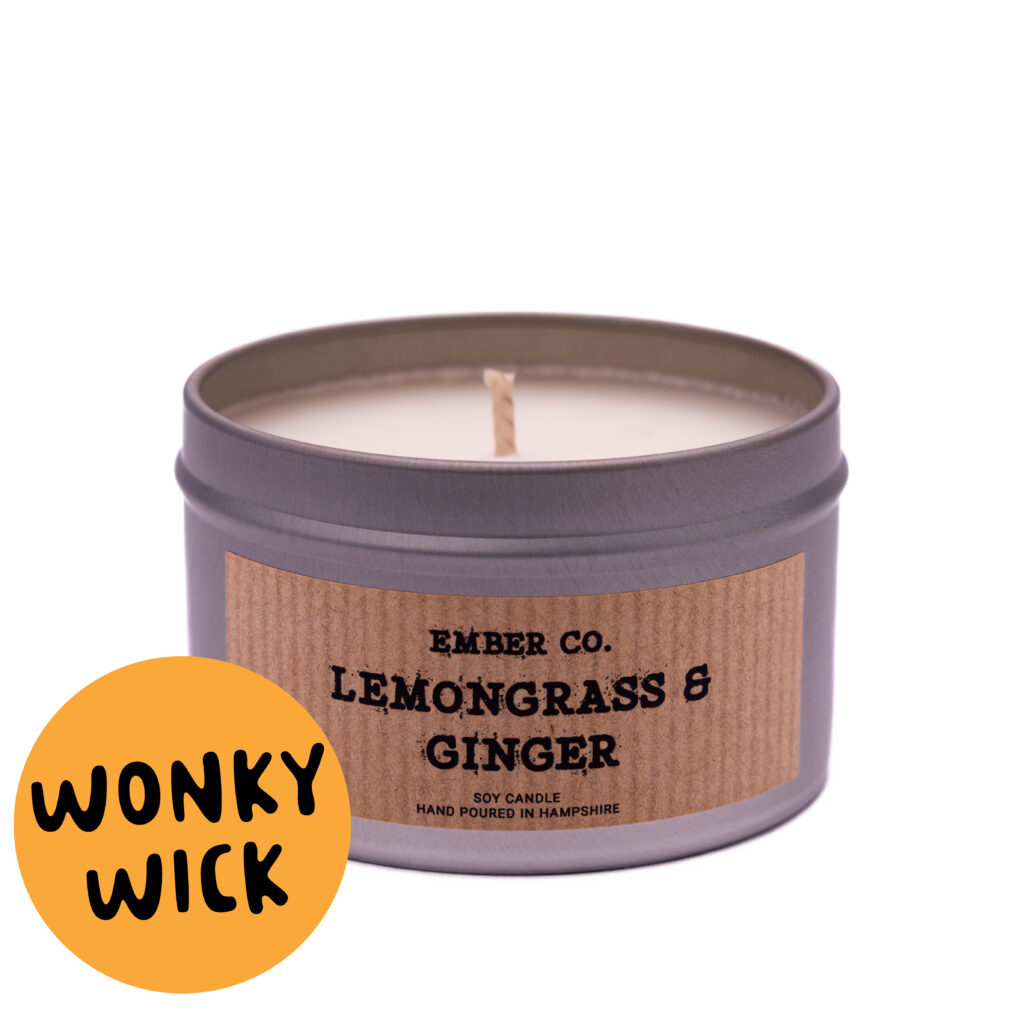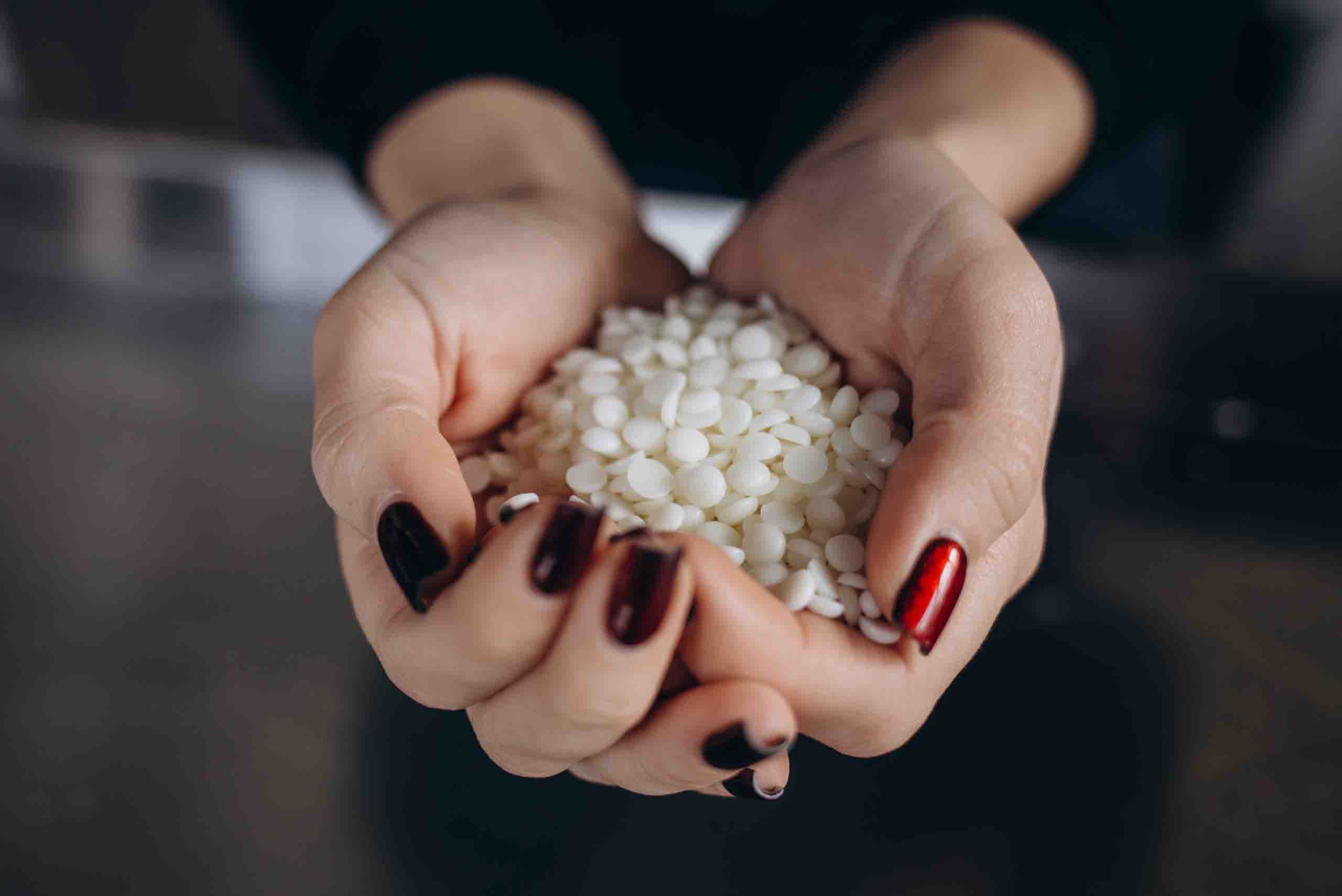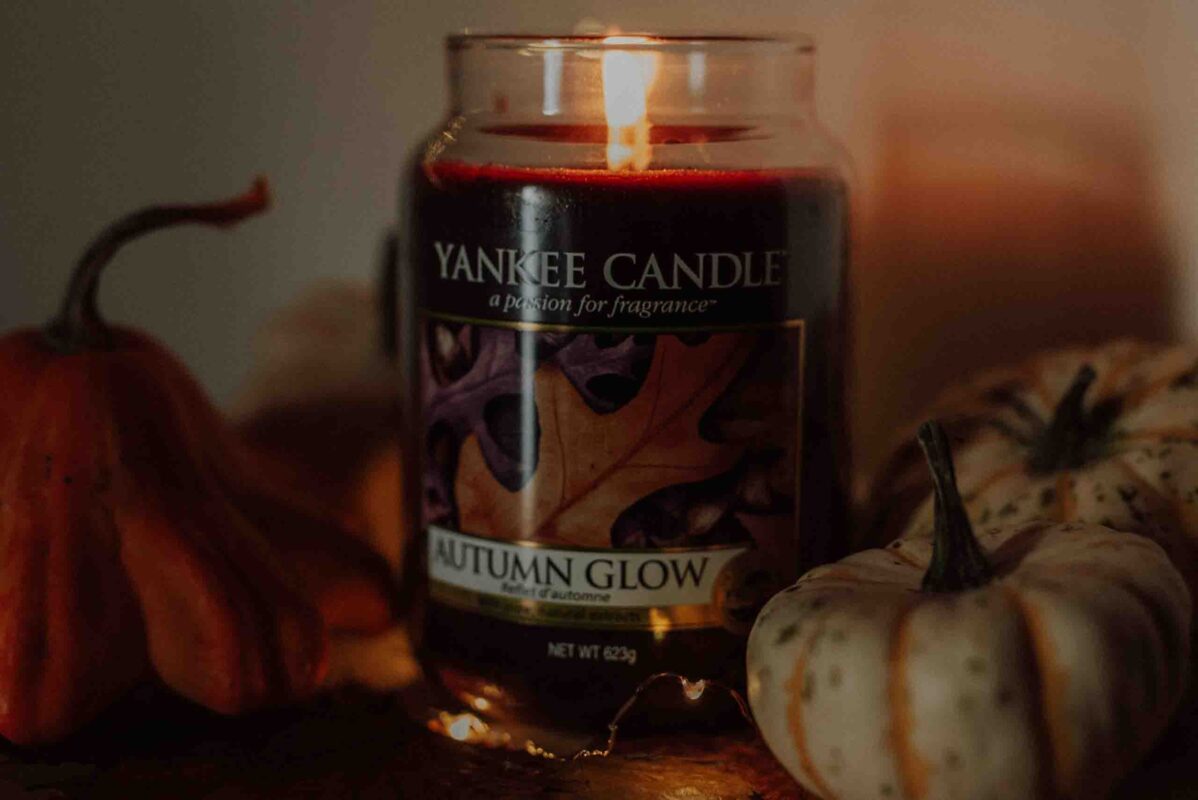Introduction
Paraffin wax has long been celebrated as a staple in the candle-making industry, favoured for its versatility and excellent burning qualities. This post delves into the essence of paraffin wax, shedding light on its intrinsic properties, its myriad benefits to candle making, and the vital considerations every candle maker should bear in mind. Whether you’re a seasoned artisan or a curious novice, understanding the role of paraffin wax can elevate your craft and enrich your creations.
What is Paraffin Wax?
Paraffin wax is a translucent, white, or colourless solid derived from the refining process of petroleum. It is a by-product of the oil purification process, specifically from the distillation of lubricating oil. This origin gives paraffin wax unique characteristics, distinguishing it from natural waxes in composition and properties.
Characteristically, paraffin wax exhibits a diverse range of melting points, typically between 46°C and 68°C (115°F to 154°F), making it adaptable for various candle-making needs. Its consistency can range from soft and pliable to hard and brittle, contingent upon the specific formulation and the presence of additives. Paraffin wax usually appears white and odourless, offering a blank canvas for candle makers to imbue their creations with colours and fragrances as desired.
The molecular structure of paraffin wax lends itself to a high degree of versatility in candle making. It can hold a significant amount of fragrance oil and colour, allowing for various aromatic and visual customization. Additionally, paraffin’s excellent burning qualities, such as a steady, reliable flame and a lesser propensity for smoking or sooting than some natural waxes, make it a preferred choice for many candle makers.
In the subsequent sections, we will explore the benefits of paraffin wax in candle making, delve into its diverse applications, and discuss important considerations to ensure safe and effective use. Stay tuned as we illuminate the world of paraffin wax candles, guiding you through the nuances of this popular candle-making ingredient.
The History of Paraffin Wax in Candle Making
The journey of paraffin wax in candle-making is a testament to human ingenuity and the relentless pursuit of better, more efficient materials. Its story begins in the mid-19th century, marked by rapid industrial advancements and a growing demand for reliable, clean-burning lighting solutions. The discovery of paraffin wax, a by-product of the burgeoning petroleum industry, revolutionized candle making, which had previously relied on natural sources like tallow, beeswax, and spermaceti.
Paraffin wax entered the candle-making scene in the 1850s, following the development of methods to efficiently separate and refine the wax from petroleum. Its superior burning qualities and abundant and consistent supply quickly propelled paraffin wax to the forefront of candle-making materials. By the late 19th century, paraffin wax candles had become widely available, offering a cleaner, brighter, and more economical alternative to their predecessors.
Benefits of Using Paraffin Wax
The ascendancy of paraffin wax in candle making can be attributed to a host of advantages that cater to both makers and consumers:
Excellent Scent-Throw: Paraffin wax is renowned for holding and releasing fragrances effectively. This makes it ideal for scented candles, ensuring a robust and enduring aroma when lit and unlit. The wax’s chemical structure allows it to blend seamlessly with fragrance oils, resulting in a consistent scent distribution throughout the candle’s burn time.
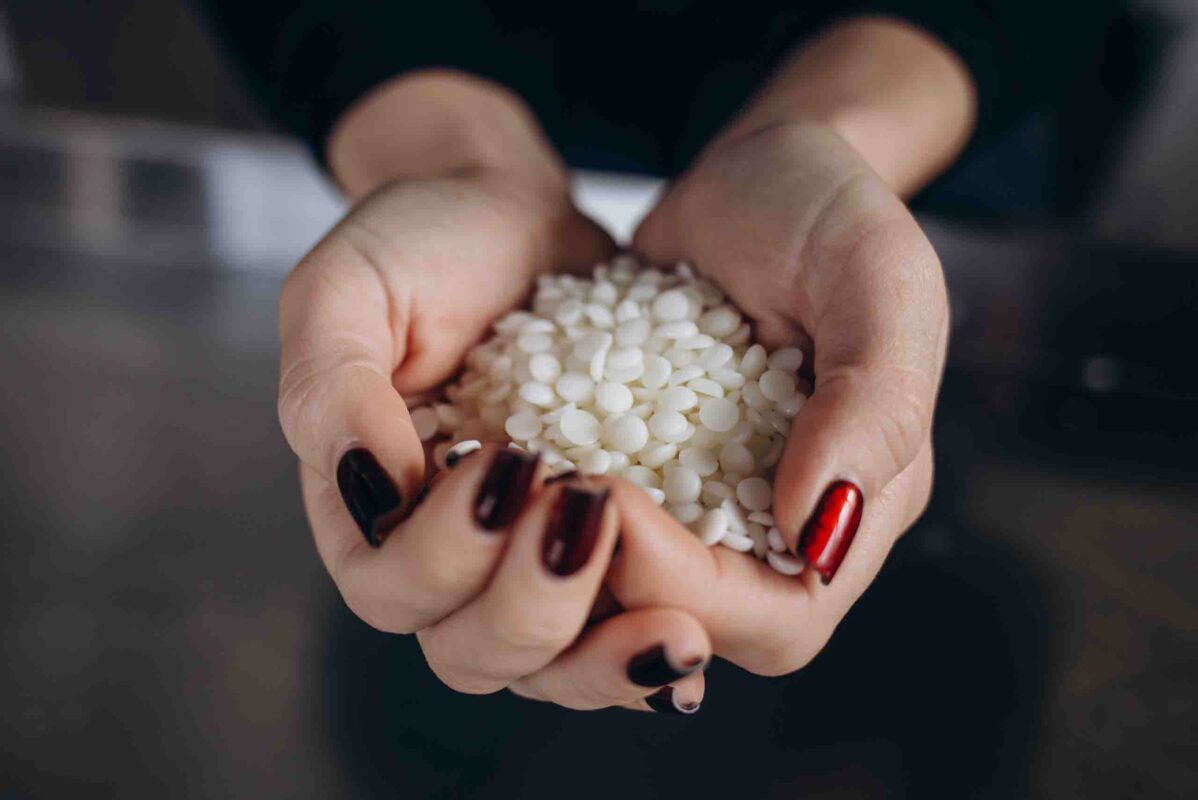
Consistent Burning Qualities: Paraffin wax burns steadily and cleanly with a well-maintained wick, producing minimal soot or smoke. This predictability in performance makes paraffin candles a favourite for indoor use, where air quality and cleanliness are paramount. The wax’s reliable melting point ensures a smooth, even burn, reducing the likelihood of tunnelling and uneven wax consumption.
Ease of Colouring: The natural translucence and neutrality of paraffin wax make it a perfect canvas for adding colours. Candlemakers can achieve a broad spectrum of hues, from pastel shades to deep, vibrant tones, while maintaining the wax’s transparent quality when lit. This versatility opens endless possibilities for creative expression and candle-making thematic designs.
Versatility in Candle Types: Paraffin wax’s adaptable characteristics make it suitable for various candle forms, from delicate tealights and votives to substantial pillars and intricate sculptural pieces. Its range in melting points and hardness allows manufacturers to tailor the wax’s properties to specific candle types, ensuring optimal performance and aesthetic appeal. This flexibility has made paraffin wax a foundational material in artisanal and commercial candle production.
The enduring popularity of paraffin wax in candle making is a testament to its unmatched versatility, efficiency, and aesthetic potential. As we continue to explore the intricacies of candle making, the role of paraffin wax remains central, underpinning the art and science of creating light and ambience through the humble candle.
Common Misconceptions and Concerns with paraffin wax
Despite its widespread use and popularity in candle making, Paraffin wax has been subject to scrutiny and misconceptions, particularly concerning health risks and environmental impact. Some critics point to paraffin as a petroleum by-product, raising concerns about releasing harmful substances when burned. However, it’s essential to consider these concerns in the context of scientific research and regulatory standards.
Health Risks:
Research Findings: Studies have examined the emissions from burning candles and their potential impact on indoor air quality. Most research indicates that when appropriately burned in a ventilated space, candles made from paraffin wax do not release harmful levels of toxins that pose a health risk. The National Candle Association and other regulatory bodies maintain strict standards to ensure that candles, regardless of the wax type, are safe for use.
Environmental Impact:
Sustainability: Critics often cite the non-renewable nature of petroleum-based products as a downside. While it’s true that paraffin wax is derived from fossil fuels, advancements in refining processes and the industry’s efforts to minimize waste have mitigated some of these concerns. Moreover, the longevity and efficiency of paraffin candles can lead to less frequent use and, therefore, a potentially lower overall environmental footprint.
Paraffin Wax vs. Other Candle Waxes
When comparing paraffin wax to alternatives like soy wax, beeswax, and coconut wax, several factors come into play, including burn quality, environmental impact, and cost:
Burn Quality: Paraffin wax is known for its excellent scent-throw and consistent burning qualities. While natural waxes like soy and beeswax offer advantages, such as cleaner burning and natural origins, they may only sometimes match the scent-throw and vibrant colours achievable with paraffin.
Environmental Impact: Natural waxes are often touted for their renewable sources, appealing to eco-conscious consumers. Soy wax, derived from soybeans, and beeswax, a by-product of honey production, are renewable but can vary in availability and price. Coconut wax, another natural option, is praised for its sustainability and burn quality but can be more expensive.
Cost: Paraffin wax remains one of the most cost-effective candle-making options, offering a balance of performance and affordability. Natural waxes, while providing environmental and health benefits, can significantly increase the cost of candle production, affecting both makers and consumers.
Tips for Working with Paraffin Wax
For those interested in crafting candles with paraffin wax, here are some practical tips to ensure safety and quality:
Melting Techniques: Use a double boiler or a dedicated wax melter to melt paraffin wax, avoiding direct heat sources to prevent overheating or fire hazards. Monitor the temperature closely, as paraffin wax typically melts at around 46°C to 68°C (115°F to 154°F).
Pouring Temperatures: Pouring temperature can affect the finish and quality of your candles. Experiment with different temperatures to find the ideal setting for your moulds and desired outcomes. Pouring too hot can cause surface imperfections, while too cool can lead to poor adhesion to the container.
Safety Precautions: Always work in a well-ventilated area, wear protective gear, and keep a fire extinguisher nearby. Never leave melting wax unattended.
Blending with Other Waxes: For those looking to combine the benefits of paraffin with natural waxes, consider blending. Adding a proportion of soy or beeswax can enhance your candles’ burn quality and environmental profile while maintaining the scent-throw and colour vibrancy that paraffin provides.
Paraffin Wax in Commercial Candle Making
In commercial candle-making, paraffin wax holds a position of prominence, serving as the backbone for a vast majority of mass-produced candles. Its appeal to the industry lies in its cost-effectiveness, reliability, and unparalleled scent throw and burn quality performance.
Role in Mass-Produced Candles: Paraffin wax’s versatility allows its use in various products, from everyday household candles to luxury scented varieties. Its ability to blend seamlessly with colours and fragrances makes it an indispensable resource for manufacturers aiming to meet consumer demands for high-quality, long-lasting candles.
Innovations and Trends: The commercial sector continuously innovates to enhance the appeal and performance of paraffin wax candles. Recent trends include the development of highly refined paraffin waxes that minimise soot and smoke emissions, catering to health-conscious consumers. Additionally, there’s a growing trend in blending paraffin with natural waxes to combine the best of both worlds – the efficiency and reliability of paraffin with the eco-friendly image of natural waxes.
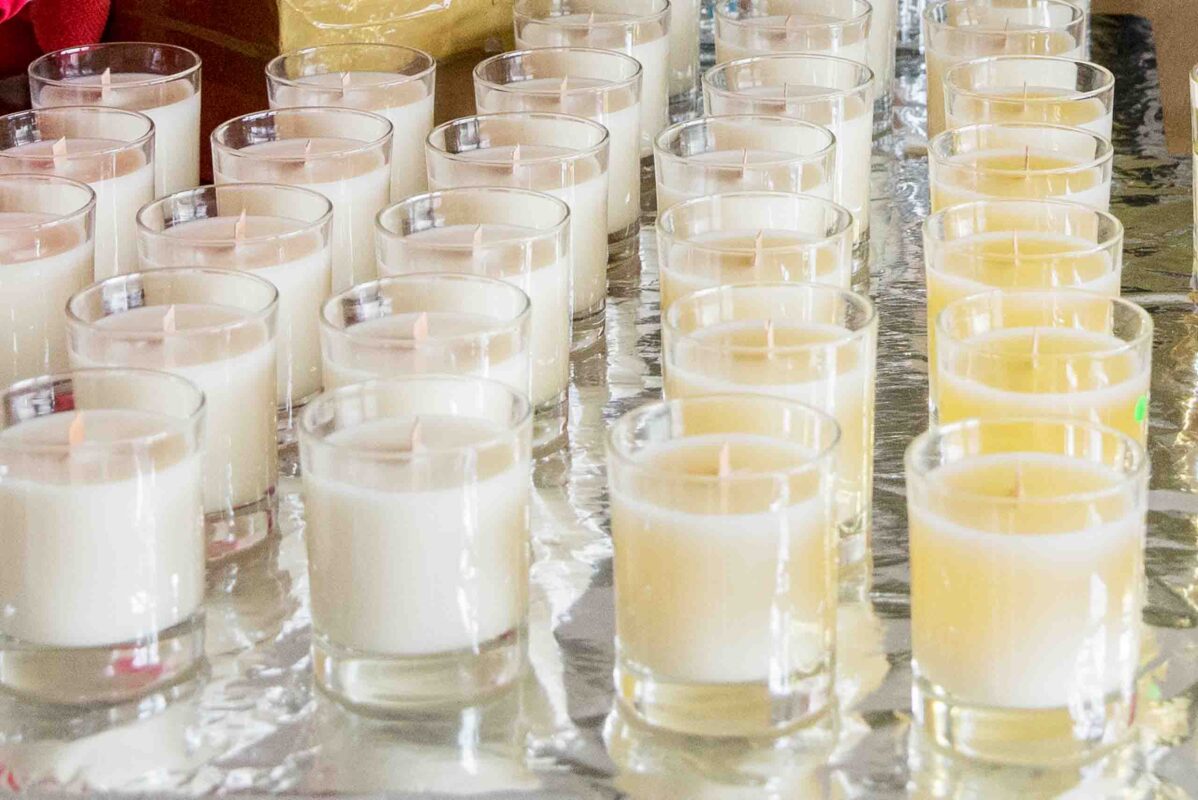
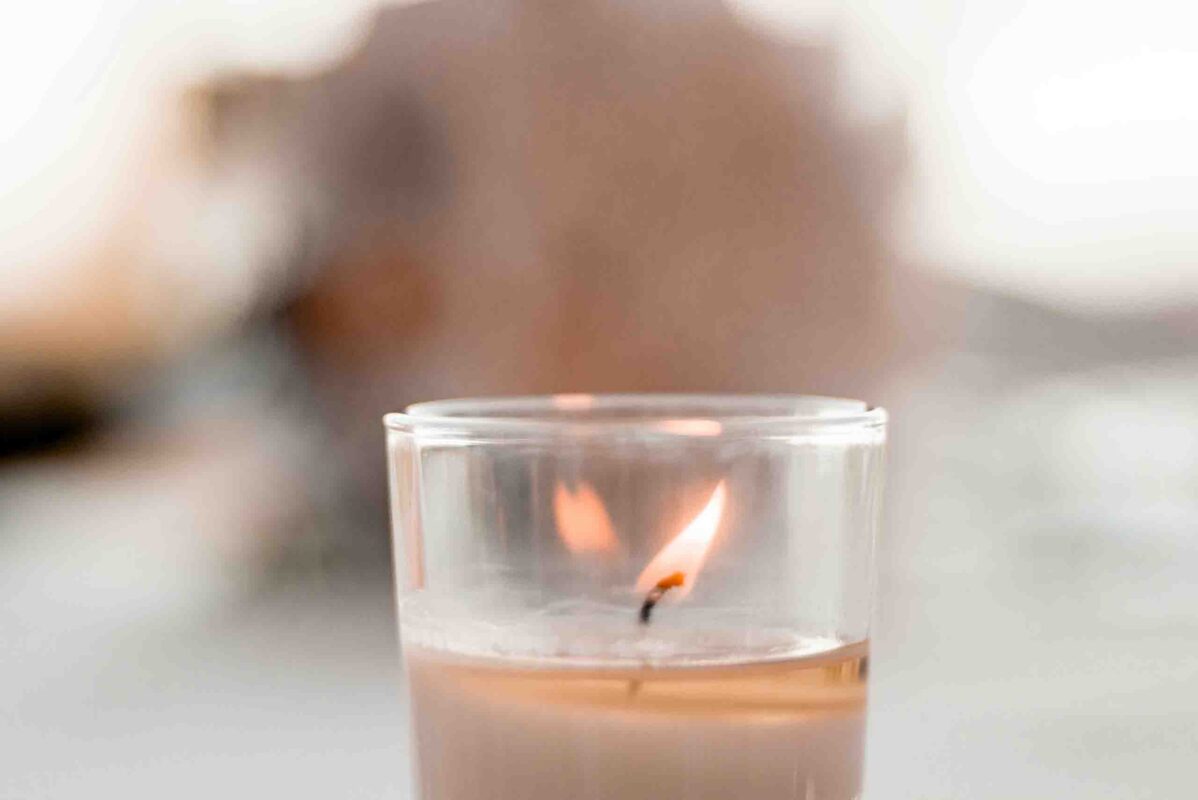
Conclusion
Throughout this post, we’ve journeyed through the world of paraffin wax, from its historical roots in candle making to its enduring presence in artisanal and commercial spheres. Paraffin wax’s excellent scent throw, vibrant colouration capabilities, and versatile applications in various candle types underscore its pivotal role in the candle-making industry.
While concerns regarding health and environmental impact have sparked debate, advancements in manufacturing and blending practices continue to address these issues, offering safer and more sustainable options without compromising on quality.
As we reflect on the multifaceted nature of paraffin wax in candle making, it becomes clear that its continued popularity is not without reason. Its adaptability, performance, and affordability make it a go-to choice for many, yet the burgeoning variety of waxes on the market invites candle enthusiasts to explore and find the perfect fit for their preferences and needs.
Call to Action
For those captivated by the allure of candle making or seeking to enrich their spaces with the warm glow of candles, we invite you to explore our Candle Hut range. Dive into our selection of paraffin wax candles and candle-making supplies to discover the perfect blend of quality, performance, and artistry.
We cherish the stories and experiences that candles bring into our lives and encourage you to share your own. Whether you’re a devoted fan of paraffin wax candles or you prefer alternative waxes, your insights and preferences enrich our community. Comment below with your experiences, preferences, or questions about paraffin wax candle making. Let’s ignite a conversation and keep the flame of creativity burning in the candle-making world.


